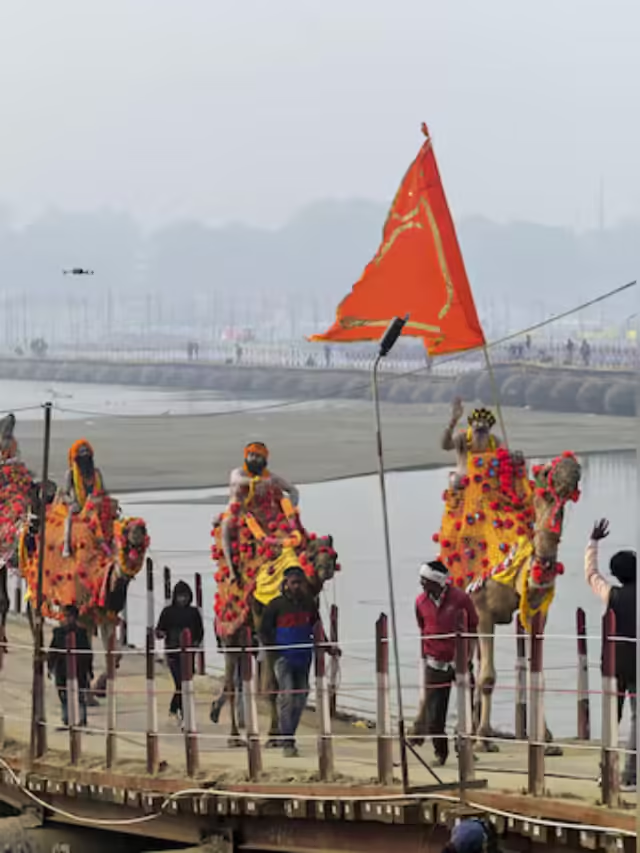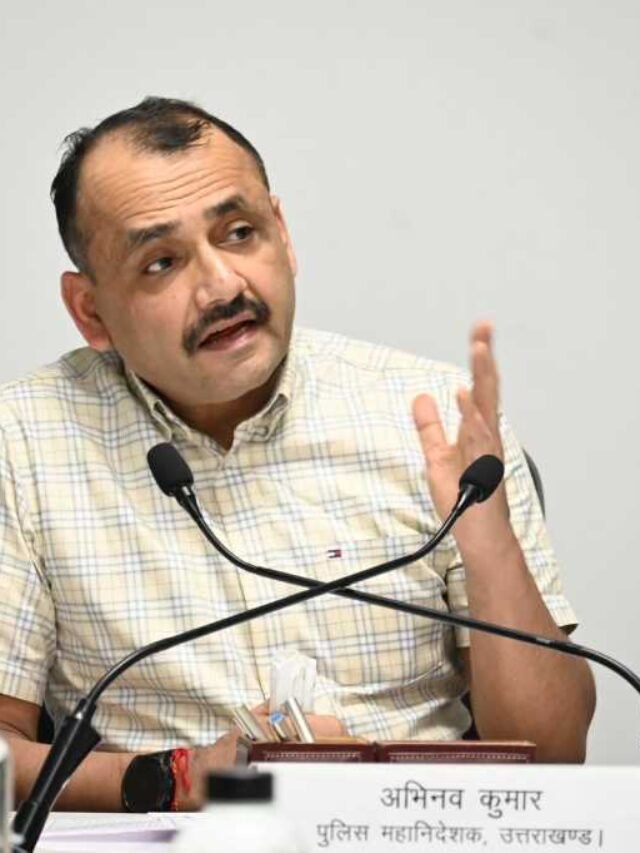Winter Solstice 2023 : Approaching December 21 brings with it the Winter Solstice, an astronomical spectacle that marks the Northern Hemisphere’s shortest day and longest night. On this day, the Tropic of Capricorn draws closest to the Earth, resulting in a brief interlude for this particular day. However, a notable transition unfolds from December 22 onwards, as the days gradually extend.
In the realm of Indian astrology, December 21 is denoted as Makar Saayan and holds significance as the Winter Solstice. This annual event symbolizes the zenith of winter in the Northern Hemisphere, where daylight reaches its nadir, while the Southern Hemisphere experiences its lengthiest day and briefest night.
- Advertisement -
The term “solstice,” stemming from the Latin language, signifies the Sun’s momentary pause before altering its course toward the north or south. This occurrence carries cultural and celebratory implications across various regions globally.
For instance, Stonehenge acts as a congregational site for those commemorating the solstice, capturing the extraordinary moment when the sun perfectly aligns with the ancient stones. In Ireland, the day preceding the solstice witnesses gatherings at Newgrange, a 5000-year-old cemetery, where individuals observe the sunrise illuminating the ancient tombs.
Internationally, the winter solstice is observed as the Dongzi Festival in China, marked by the consumption of rice balls symbolizing family reunion. This festival is celebrated with a focus on prosperity and unity.
It is noteworthy that, parallel to the winter solstice, a summer solstice occurs around June 21, presenting the converse scenario with the longest day and shortest night. Both solstices carry religious and cultural significance, with the winter solstice deemed the concluding day of Dhanumas and the actual Sankranti in specific belief systems.








